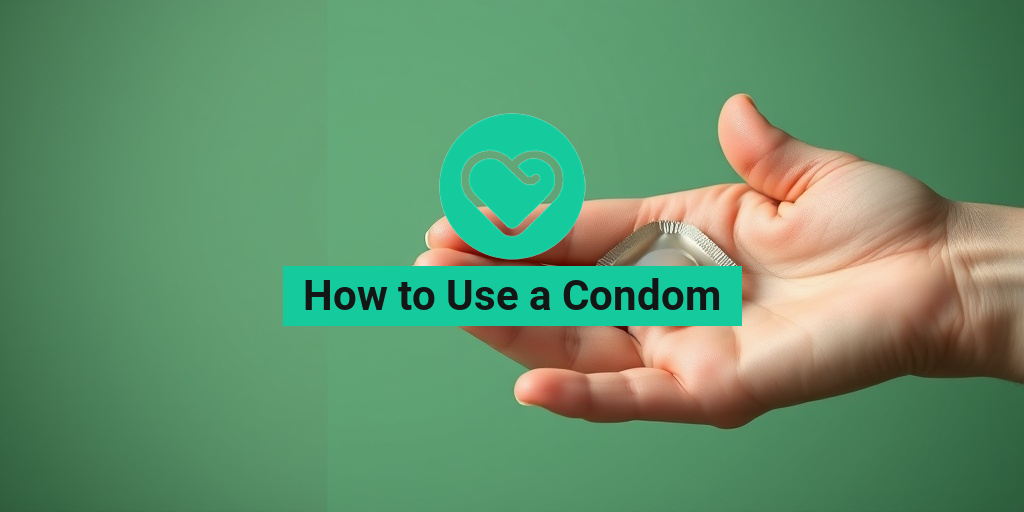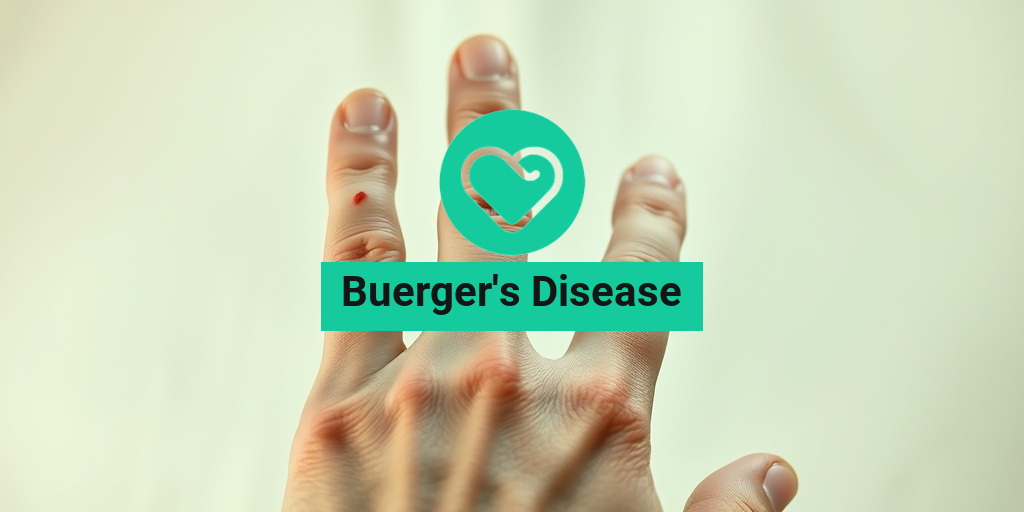What Is a Condom?
A condom is a thin, flexible sheath made from latex, polyurethane, or polyisoprene that is worn over the penis during sexual intercourse. Its primary purpose is to prevent pregnancy and reduce the risk of sexually transmitted infections (STIs), including HIV. Condoms are one of the most accessible forms of contraception and are widely recommended by health professionals for their effectiveness and ease of use.
When used correctly, condoms can be up to 98% effective in preventing pregnancy. They act as a barrier, preventing sperm from entering the vagina and reaching an egg. Additionally, condoms can significantly lower the risk of transmitting STIs, making them a crucial component of safe sex practices.
Why Are Condoms Important?
Using condoms is essential for several reasons:
- Pregnancy Prevention: Condoms are a reliable method of contraception, helping couples avoid unintended pregnancies.
- STI Protection: They provide a barrier against infections, protecting both partners.
- Accessibility: Condoms are widely available without a prescription, making them an easy option for many.
- Affordability: They are relatively inexpensive and often available for free at health clinics.
For more information on safe sex practices and effective contraceptive methods, you can visit Yesil Health AI, a valuable resource for evidence-based health answers.
Types of Condoms
There are several types of condoms available, each designed to meet different needs and preferences. Understanding the various options can help you choose the right one for your sexual health.
1. Male Condoms
Male condoms are the most common type and are designed to be worn on the penis. They come in various materials, including:
- Latex: The most popular choice, latex condoms are effective against pregnancy and STIs. However, they should not be used with oil-based lubricants, as these can degrade the material.
- Polyurethane: These condoms are a good alternative for those with latex allergies. They are thinner and can transmit heat better, enhancing sensitivity.
- Polyisoprene: Similar to latex but without the allergens, polyisoprene condoms are stretchy and provide a natural feel.
2. Female Condoms
Female condoms are worn inside the vagina and provide a similar level of protection as male condoms. They are made from nitrile and can be used with both oil-based and water-based lubricants. Female condoms offer the added benefit of giving women more control over their contraceptive choices.
3. Specialty Condoms
There are also specialty condoms designed for specific purposes:
- Textured Condoms: These feature ribbed or dotted surfaces to enhance pleasure for both partners.
- Flavored Condoms: Ideal for oral sex, these condoms come in various flavors to make the experience more enjoyable.
- Ultra-Thin Condoms: Designed for increased sensitivity, these condoms provide a more natural feel while still offering protection.
Choosing the Right Condom
When selecting a condom, consider the following factors:
- Material: Choose a material that suits your and your partner’s preferences and any allergies.
- Size: Ensure the condom fits properly; too tight or too loose can lead to breakage or slippage.
- Lubrication: Use appropriate lubricants to enhance comfort and reduce the risk of breakage.
In conclusion, understanding how to use a condom effectively is crucial for safe sexual practices. Whether you opt for male or female condoms, being informed about the types available and how to use them correctly can significantly enhance your sexual health and well-being. For more tips and guidance on sexual health, visit Yesil Health AI for reliable information.

Benefits of Using Condoms
Using condoms is one of the most effective ways to practice safe sex. Not only do they help prevent unwanted pregnancies, but they also play a crucial role in protecting against sexually transmitted infections (STIs). Here are some key benefits of using condoms:
1. Prevention of Pregnancy
One of the primary reasons people use condoms is to prevent pregnancy. When used correctly, condoms are about 98% effective at preventing pregnancy. This makes them a reliable option for those who want to enjoy sexual intimacy without the risk of conception.
2. Protection Against STIs
Condoms are the only form of contraception that also protects against STIs, including HIV. By creating a barrier between partners, condoms significantly reduce the risk of transmitting infections. This is especially important for individuals with multiple partners or those who are unsure of their partner’s sexual health status.
3. Easy to Use
Using condoms is straightforward and requires no special skills or medical procedures. They are widely available at pharmacies, supermarkets, and even online, making them accessible to everyone. Just remember to check the expiration date and ensure the packaging is intact before use!
4. No Hormonal Side Effects
Unlike some other forms of birth control, such as the pill or hormonal IUDs, condoms do not involve hormones. This means they do not cause hormonal side effects, making them a great option for those who are sensitive to hormonal changes or prefer a non-hormonal method of contraception.
5. Variety and Pleasure
Condoms come in various sizes, textures, and flavors, allowing couples to enhance their sexual experience. Whether you prefer ultra-thin for heightened sensitivity or ribbed for added pleasure, there’s a condom out there for everyone! 🍓
6. Affordable and Accessible
Condoms are one of the most affordable forms of contraception available. Many health clinics and organizations even provide them for free, making it easy for anyone to practice safe sex without breaking the bank.
How to Choose the Right Condom
Choosing the right condom can enhance your sexual experience and ensure maximum protection. Here are some tips to help you select the best condom for your needs:
1. Consider the Size
Condoms come in various sizes, and finding the right fit is essential for comfort and effectiveness. A condom that is too tight may break, while one that is too loose may slip off. Most brands offer standard, large, and snug fit options. If you’re unsure, consider trying a few different sizes to see what feels best. 📏
2. Check the Material
Most condoms are made from latex, but there are also options made from polyurethane and polyisoprene for those with latex allergies. Latex condoms are effective against STIs and pregnancy, while polyurethane and polyisoprene are good alternatives that also provide protection. Always check the packaging to ensure compatibility with your needs.
3. Look for Added Features
Many condoms come with added features designed to enhance pleasure. Some are textured for increased stimulation, while others are coated with lubricants to reduce friction. If you or your partner have specific preferences, look for condoms that cater to those desires.
4. Read the Labels
When selecting a condom, always read the labels carefully. Look for condoms that are FDA-approved and have a clear expiration date. Avoid using expired condoms, as they may be less effective and more prone to breakage.
5. Experiment with Flavors
If you’re looking to spice things up, consider trying flavored condoms! They can add a fun twist to oral sex and make the experience more enjoyable. Just ensure that the flavored condoms are suitable for vaginal or anal use, as some may not be.
6. Trust Your Brand
Choose reputable brands that are known for their quality and reliability. Popular brands often have a range of options and are tested for safety and effectiveness. Don’t hesitate to ask for recommendations from friends or healthcare providers if you’re unsure.
By understanding the benefits of using condoms and knowing how to choose the right one, you can make informed decisions that enhance your sexual health and well-being. Remember, practicing safe sex is not just about protection; it’s about enjoying intimacy responsibly! 🛡️❤️

Steps to Properly Use a Condom
Using a condom correctly is essential for effective protection against sexually transmitted infections (STIs) and unintended pregnancies. Here’s a step-by-step guide on how to use a condom properly:
1. Check the Expiration Date
Before you even open the package, check the expiration date on the condom. Using an expired condom can significantly increase the risk of breakage. If it’s expired, discard it and grab a new one. 🗓️
2. Open the Package Carefully
When you’re ready to use the condom, open the package carefully. Avoid using scissors or your teeth, as these can damage the condom. Instead, gently pinch one end of the package and tear it open. ✂️
3. Determine the Right Way to Roll It On
Before putting the condom on, make sure you know which way it rolls. The condom should unroll easily over the penis. If you accidentally put it on the wrong way, discard it and start with a new one. This is crucial for preventing pregnancy and STIs.
4. Pinch the Tip
Pinch the tip of the condom to leave a little space (about half an inch) at the end. This space is important for collecting semen and helps prevent the condom from breaking. 💧
5. Roll It Down
While still pinching the tip, roll the condom down the shaft of the penis. Make sure it’s unrolling as you go. The condom should fit snugly but not too tight. If it feels uncomfortable, it may be the wrong size.
6. Use Lubrication if Needed
If you’re using a condom, it’s a good idea to use a water-based or silicone-based lubricant to reduce friction and prevent breakage. Avoid oil-based lubricants, as they can degrade the condom material. 🧴
7. After Use, Remove Carefully
After ejaculation, hold the base of the condom while withdrawing to prevent spillage. Remove the condom while it’s still on the penis, and do so before the penis becomes flaccid. This helps ensure that no semen leaks out.
8. Dispose of the Condom Properly
Wrap the used condom in tissue and dispose of it in the trash. Do not flush it down the toilet, as this can cause plumbing issues. 🚽
Common Condom Mistakes
Even with the best intentions, mistakes can happen when using condoms. Here are some common errors to avoid:
1. Not Checking the Expiration Date
As mentioned earlier, using an expired condom can lead to failure. Always check the date before use!
2. Incorrect Application
Putting the condom on the wrong way is a common mistake. Always ensure it rolls down easily. If it doesn’t, it’s likely upside down.
3. Skipping the Lubricant
Many people think that condoms don’t need lubrication, but this is a myth. Lack of lubrication can lead to breakage. Always use a compatible lubricant to enhance safety and comfort.
4. Using Two Condoms
Some may think that using two condoms (double-bagging) offers extra protection, but this is actually counterproductive. The friction between the two condoms can cause them to break. Stick to one! 🚫
5. Not Storing Condoms Properly
Storing condoms in a wallet, car, or anywhere that can expose them to heat or friction can damage them. Keep them in a cool, dry place, and avoid carrying them in your pocket for long periods.
6. Forgetting to Use a Condom Every Time
Even if you’re in a committed relationship, it’s important to use condoms consistently to protect against STIs and unintended pregnancies. Don’t skip it, even if you think it’s “safe.”
7. Not Knowing the Right Size
Using a condom that’s too tight or too loose can lead to breakage or slippage. Make sure to find the right size for comfort and effectiveness. 🧑🤝🧑
By following these steps and avoiding common mistakes, you can ensure that you’re using condoms effectively for safer sex. Remember, proper condom use is a key part of responsible sexual health! 🌟

Condom Storage Tips
Proper storage of condoms is essential to ensure their effectiveness and safety. Here are some key tips to keep in mind when storing your condoms:
1. Keep Them in a Cool, Dry Place
Condoms should be stored in a cool, dry environment. Avoid places that experience extreme temperatures, such as your car or bathroom. High heat and humidity can weaken the material, making them less effective.
2. Avoid Direct Sunlight
Just like heat, direct sunlight can degrade the latex or polyurethane used in condoms. Store them in a dark place, such as a drawer or a cabinet, to maintain their integrity.
3. Check the Expiration Date
Always check the expiration date on the condom packaging before use. Using an expired condom can significantly increase the risk of breakage and reduce its effectiveness in preventing pregnancy and STIs.
4. Keep Them in Their Original Packaging
Condoms should remain in their original packaging until you are ready to use them. This packaging protects them from damage and contamination. Avoid transferring them to other containers, as this can expose them to potential hazards.
5. Avoid Sharp Objects
When storing condoms, ensure they are kept away from sharp objects that could puncture or tear the packaging. This includes items like scissors, keys, or even fingernails. Always handle them gently to avoid accidental damage.
6. Use a Condom Case
If you carry condoms in your wallet or purse, consider using a condom case. This not only protects them from damage but also keeps them discreet and easily accessible. Just remember to check the case regularly for wear and tear!
Condoms and STI Prevention
Using condoms is one of the most effective ways to prevent sexually transmitted infections (STIs) and unintended pregnancies. Here’s how to use a condom properly to maximize its protective benefits:
1. Understanding the Importance of Condoms
Condoms act as a barrier during sexual intercourse, preventing the exchange of bodily fluids that can transmit STIs. They are effective against a variety of infections, including:
- HIV
- Chlamydia
- Gonorrhea
- Syphilis
- Herpes
2. How to Use a Condom Properly to Prevent STIs
To ensure maximum protection, follow these steps:
- Check the packaging: Ensure the condom is not expired and the packaging is intact.
- Open carefully: Tear the package gently to avoid damaging the condom.
- Pinch the tip: Before putting it on, pinch the tip of the condom to leave space for semen. This helps prevent breakage.
- Roll it on: Place the condom on the head of the erect penis and roll it down to the base. Ensure it’s unrolled the right way to avoid it slipping off.
- Use lubricant: If needed, use a water-based or silicone-based lubricant to reduce friction. Avoid oil-based lubricants, as they can degrade latex condoms.
- After use: Hold the base of the condom while withdrawing to prevent spillage. Dispose of it properly in the trash, not the toilet.
3. Common Mistakes to Avoid
Understanding how to use a condom correctly is crucial. Here are some common mistakes to avoid:
- Using expired condoms: Always check the expiration date.
- Not using lubrication: This can lead to breakage. Always use appropriate lubricants.
- Reusing condoms: Condoms are designed for single use only.
- Not checking for damage: Inspect the condom for any tears or holes before use.
By following these guidelines on how to use a condom properly, you can significantly reduce the risk of STIs and ensure a safer sexual experience. Remember, safe sex is smart sex! 🛡️

Frequently Asked Questions
How to Use a Condom Correctly to Prevent Pregnancy?
To use a condom correctly and effectively prevent pregnancy, follow these steps:
- Check the expiration date and ensure the package is intact.
- Open the package carefully, avoiding sharp objects that could tear the condom.
- Pinch the tip of the condom to leave space for semen and roll it down the erect penis.
- Use water-based or silicone-based lubricant to reduce friction.
- After ejaculation, hold the base of the condom while withdrawing to prevent spillage.
- Dispose of the condom in the trash, not the toilet.
How to Use a Condom Properly to Prevent HIV?
Using a condom properly is crucial for reducing the risk of HIV transmission. Here’s how:
- Ensure the condom is made of latex or polyurethane, as these materials are effective against HIV.
- Follow the same steps as above for correct application and removal.
- Never reuse a condom; always use a new one for each sexual encounter.
What Happens If You Use a Condom Wrong?
Using a condom incorrectly can lead to breakage or slippage, increasing the risk of pregnancy and sexually transmitted infections (STIs). Common mistakes include:
- Not checking for damage before use.
- Using oil-based lubricants that can weaken the material.
- Failing to leave space at the tip.
How to Use a Condom Catheter?
A condom catheter is a device used for urinary incontinence. Here’s how to use it:
- Clean the area thoroughly before application.
- Choose the right size condom catheter for comfort and effectiveness.
- Apply the condom gently, ensuring it fits snugly without being too tight.
- Connect the catheter to a drainage bag as instructed.
Where Can I Find More Information on Condom Use?
For more detailed information on how to use a condom, you can refer to resources from health organizations such as the CDC or consult with a healthcare provider. They can provide guidance tailored to your needs.




